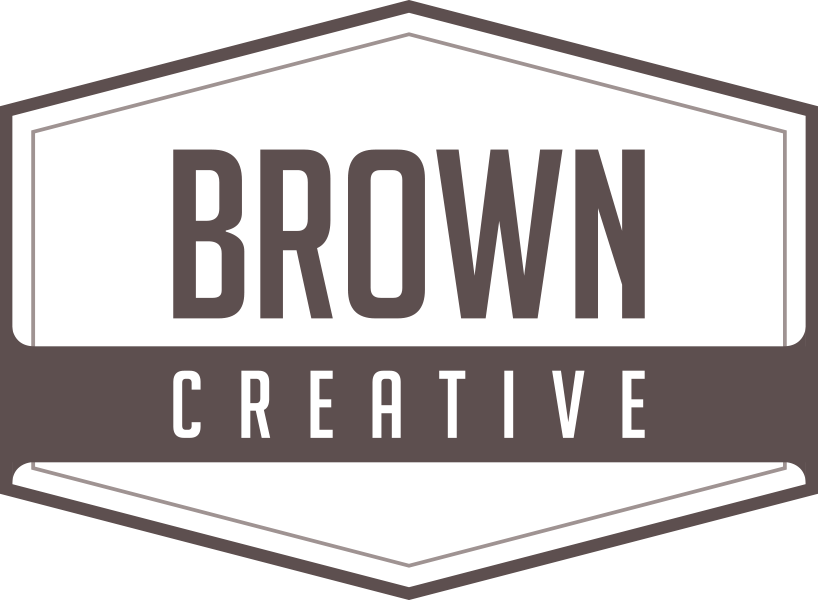In the expanding digital age, the clout of social media is unassailable. For small business owners and entrepreneurs, it’s not just about participating in the conversation — it’s about how you do it. The tiniest slip-ups can lead to quiet competitors taking your share of voice. Here’s a deep-dive on the top 10 social media gaffes you must sidestep to ensure your online presence is as vibrant and effective as your real-world business.
Social Media Mistakes
In today’s hyper-connected world, social media serves as the beating heart of any business’s digital marketing strategy. For small business owners and entrepreneurs, the potential reach of platforms like Facebook, Instagram, and Twitter is a gold mine for customer engagement, brand awareness, and driving sales. But with great power comes great responsibility; a responsibility to avoid the social media minefield that small, common mistakes can create.
It’s critical to understand that an effective social media presence involves more than just setting up accounts and making occasional posts. It requires strategy, consistency, and above all, a customer-centric approach. As we walk through these ten critical mistakes and their remedies, remember that each error can serve as an opportunity for course-correction.
1. Lack of Consistent Branding
One of the foundational pillars of successful social media use is consistent branding. All too often, business owners neglect the importance of presenting a uniform tone, voice, and visual identity across all platforms. This omittance can lead to a disjointed user experience and hinder brand recognition.
Why Branding Matters
Consistency in branding reassures consumers by providing a clear identity of your business, fostering trust and loyalty. With social media platforms’ infinite scrolling, a cohesive branding strategy helps your content cut through the noise.
Tips for Maintaining Cohesion
Ensure your profiles feature the same branding elements, such as a recognizable logo, color scheme, and bio that encapsulates your brand’s essence. Develop a brand style guide, offering clear direction on how your brand is represented on social media. Regularly review your messaging and visual content to guarantee adherence to these standards.
2. Ignoring Customer Engagement
Social media is inherently social, yet many businesses fail to engage effectively with their audience. This mistake robs owners of the opportunity to connect with their customers, address their needs, and leverage their engagement for brand growth.
The Benefits of Interaction
Active engagement can turn casual followers into loyal customers. Interactions like replying to comments, acknowledging user-generated content, and holding conversations humanize your brand, making it more relatable.
Strategies for Effective Engagement
Set aside time each day to engage with your audience by responding to comments, asking questions, and participating in relevant conversations. Consider user feedback seriously and act upon it when appropriate. Show appreciation for loyal followers by featuring their content or testimonials on your page.
3. Neglecting Analytics
Social media analytics provides invaluable insights into the performance of your content and the behavior of your audience. Neglecting to leverage these tools is a common misstep that can lead to aimless posting and missed opportunities.
Why Tracking Matters
By incorporating data-driven decision-making, you can refine your social media strategy, optimize engagement, and track progress towards your business goals.
Tools for Monitoring Performance
Platforms like Facebook and Instagram offer native analytics tools, which can provide you with a wealth of information. For a more comprehensive view, consider using third-party tools like Hootsuite or Buffer, which can aggregate data from multiple platforms.
4. Overlooking Social Media Platforms
Each social media platform caters to a different audience and type of content. Using the wrong platform—or using too many—can dilute your message and waste time and resources.
Choosing Wisely
Select social media platforms that align with your business objectives and where your target audience is most active. If visual content is your strong suit, platforms like Instagram or Pinterest may offer the best showcase.
Tailoring Content to Fit Platform Strengths
Take advantage of the unique features and user expectations of each social media platform. Tailor your content for maximum impact, considering the optimal post length, video format, and image quality for the platform you’re using.
5. Inconsistent Posting Schedule
An erratic posting schedule can confuse your audience and diminish your credibility. If followers don’t know when to expect new content, they may turn to more reliable sources for the information they seek.
The Importance of Consistency
Consistency breeds familiarity and reliability, which are key components in building an engaged and loyal audience.
Creating a Content Calendar
Develop a content calendar that outlines what content you’ll post and when. Choose times that align with when your audience is most active.
6. Ignoring Visual Content
High-quality, eye-catching visual content is more likely to be engaged with and shared on social media. Neglecting to invest in visuals can leave your content overlooked in a feed filled with multimedia.
The Power of Visuals
Visual content not only captures attention more effectively than text alone, but it also conveys information more quickly and memorably.
Creating Engaging Visuals
Invest in photography, graphic design, or video resources to produce professional-level visuals. If resources are limited, there are numerous user-friendly design tools like Canva or Adobe Spark that can help you create compelling visuals for your posts.
7. Failing to Respond to Feedback
Feedback, whether positive or negative, is a gift. Failing to acknowledge it can lead to the impression that you don’t value or listen to your customers, damaging your brand’s reputation.
Handling Both Types of Feedback
Celebrate the positive feedback by thanking customers for their support. Constructively address negative feedback by responding promptly, offering solutions, and showing a willingness to improve.
The Importance of Timely Responses
Ensure that responses to feedback are timely, especially for complaints. A fast, thoughtful response to criticism can turn a dissatisfied customer into a brand advocate.
8. Not Utilizing Paid Advertising
Many small business owners shy away from social media advertising due to budget constraints or a lack of understanding of how to use these tools effectively. However, paid advertising on social media can significantly amplify your reach and help you target your desired audience with precision.
The Benefits of Paid Social Media Advertising
Paid advertising can help you surpass the limitations of organic reach, and the targeting options available allow you to focus your efforts on those most likely to be interested in your business.
Strategies for Effective Ad Campaigns on a Budget
Start with a small budget and A/B test different ad elements to see what works best. Focus on creating compelling ad copy and visuals that resonate with your audience. And always monitor and adjust your campaigns based on performance to optimize your return on investment.
9. Spamming Followers
Excessive promotional content can turn off your audience and lead to decreased engagement. Instead of providing value, spamming can leave a negative impression of your business.
The Consequences of Spam
Over-promotion can lead to unfollows or muted content, meaning your posts no longer appear in your followers’ feeds.
Balancing Promotions with Valuable Content
Strive for an 80/20 balance of value-driven content to promotional posts. Share educational, entertaining, or inspirational content that your audience will find useful, and use promotional content sparingly and strategically.
10. Neglecting Community Building
Social media is not just about broadcasting messages; it’s also an opportunity to build a community around your brand. Neglecting this community aspect can limit the growth of a loyal and engaged customer base.
The Importance of Community
Building a community on social media allows you to create relationships with your audience, foster a sense of belonging, and turn customers into brand advocates.
Fostering Relationships and Creating Advocates
Encourage discussion, organize events, or create user-generated content campaigns to involve your audience. Recognize and reward active community members to create a positive feedback loop of engagement.
Social Media Marketing by Brown Creative
Social media can be a remarkable ally for small business owners and entrepreneurs when used correctly. Avoiding these ten mistakes is just the beginning; staying current on social media trends and adapting your strategy accordingly is a continuous process. Engaging with your online audience the way you would with customers walking through your door is at the core of successful social media. Remember, every like, comment, and share is a real person seeking a genuine connection with your brand.
At Brown Creative, social media marketing is just one of the many services we offer to help your business succeed. Our team of experts can assist you in creating a comprehensive social media strategy, creating engaging content, and managing your online community. Let us elevate your brand’s presence on social media and help you connect with your target audience effectively. Contact us today to learn more!


